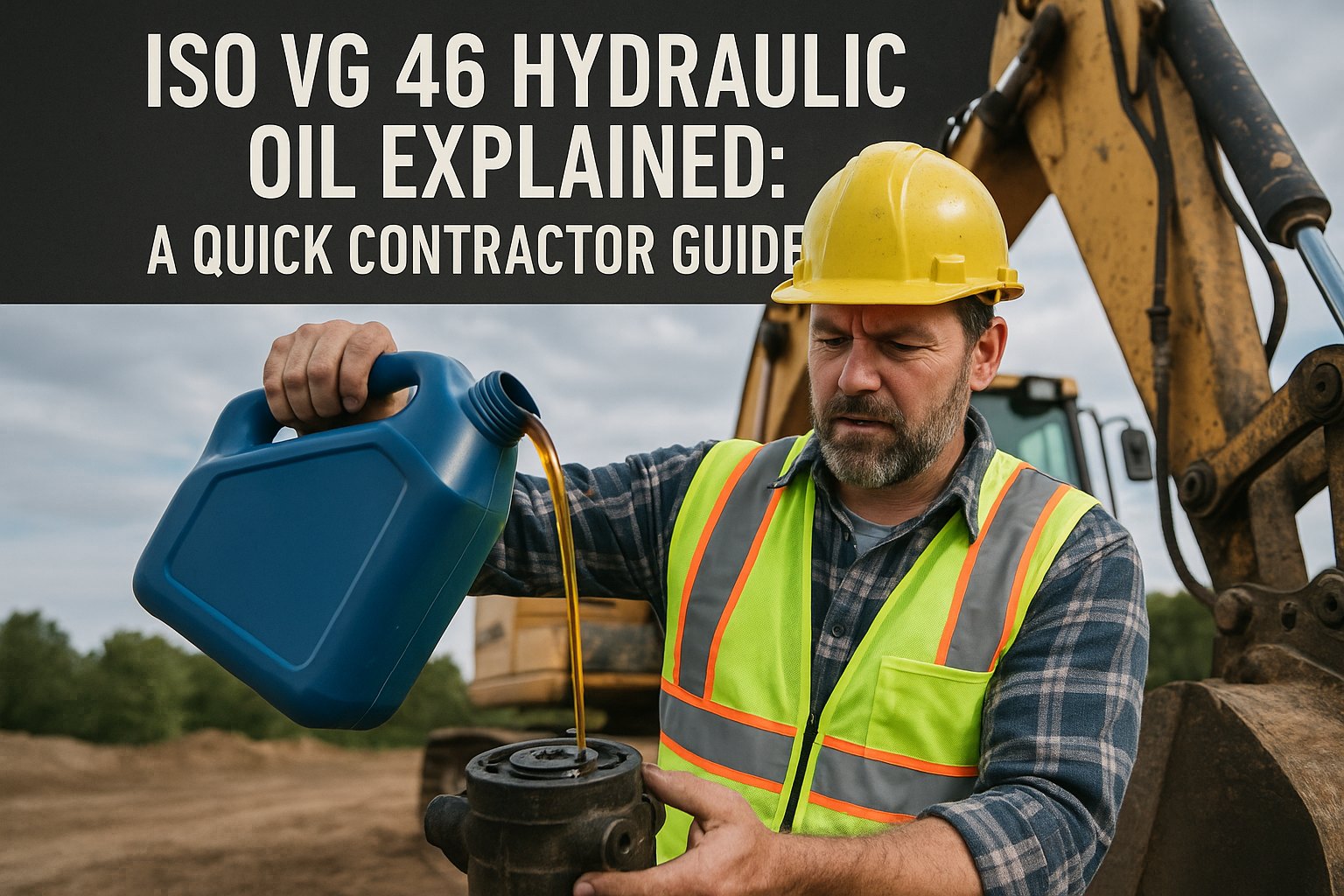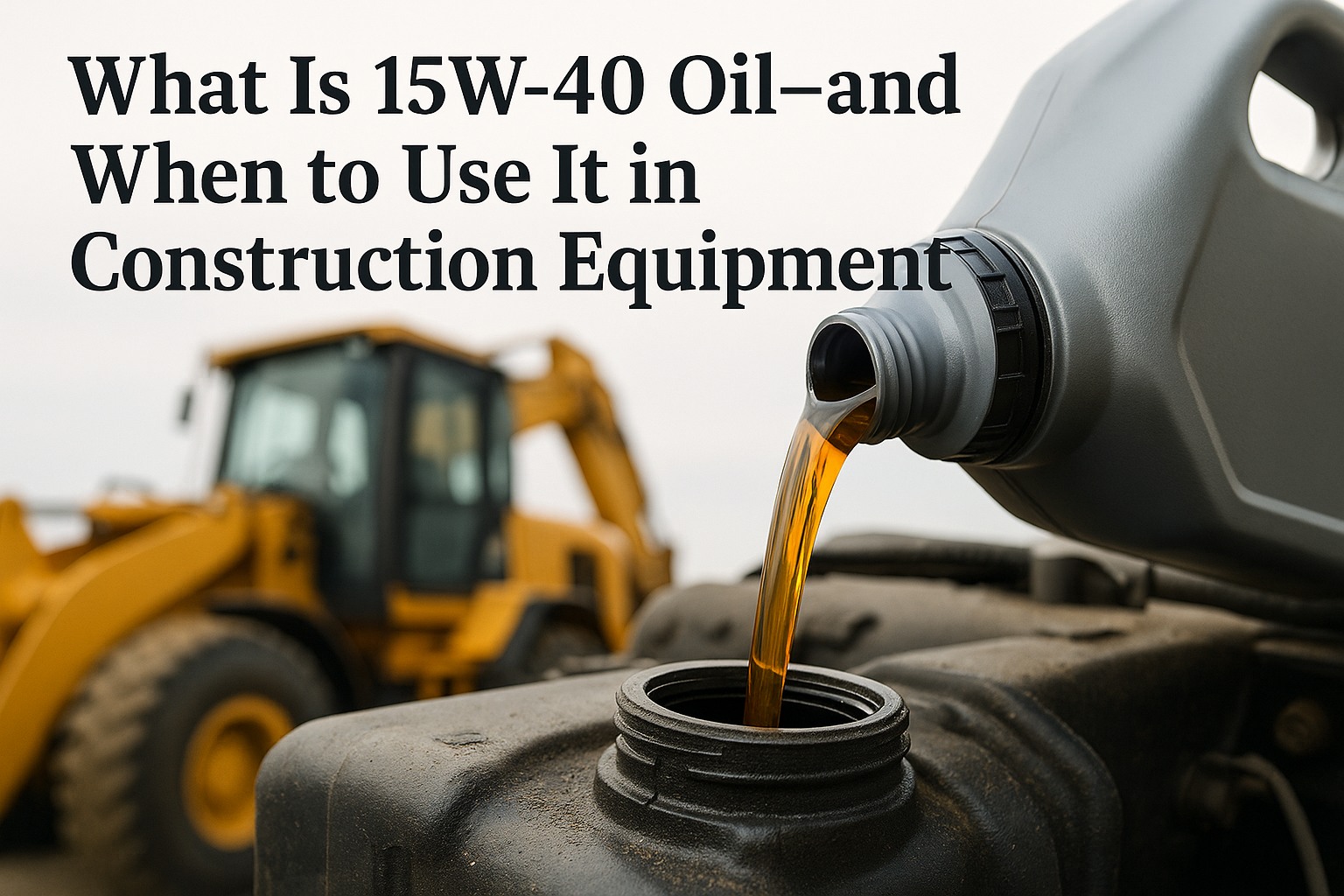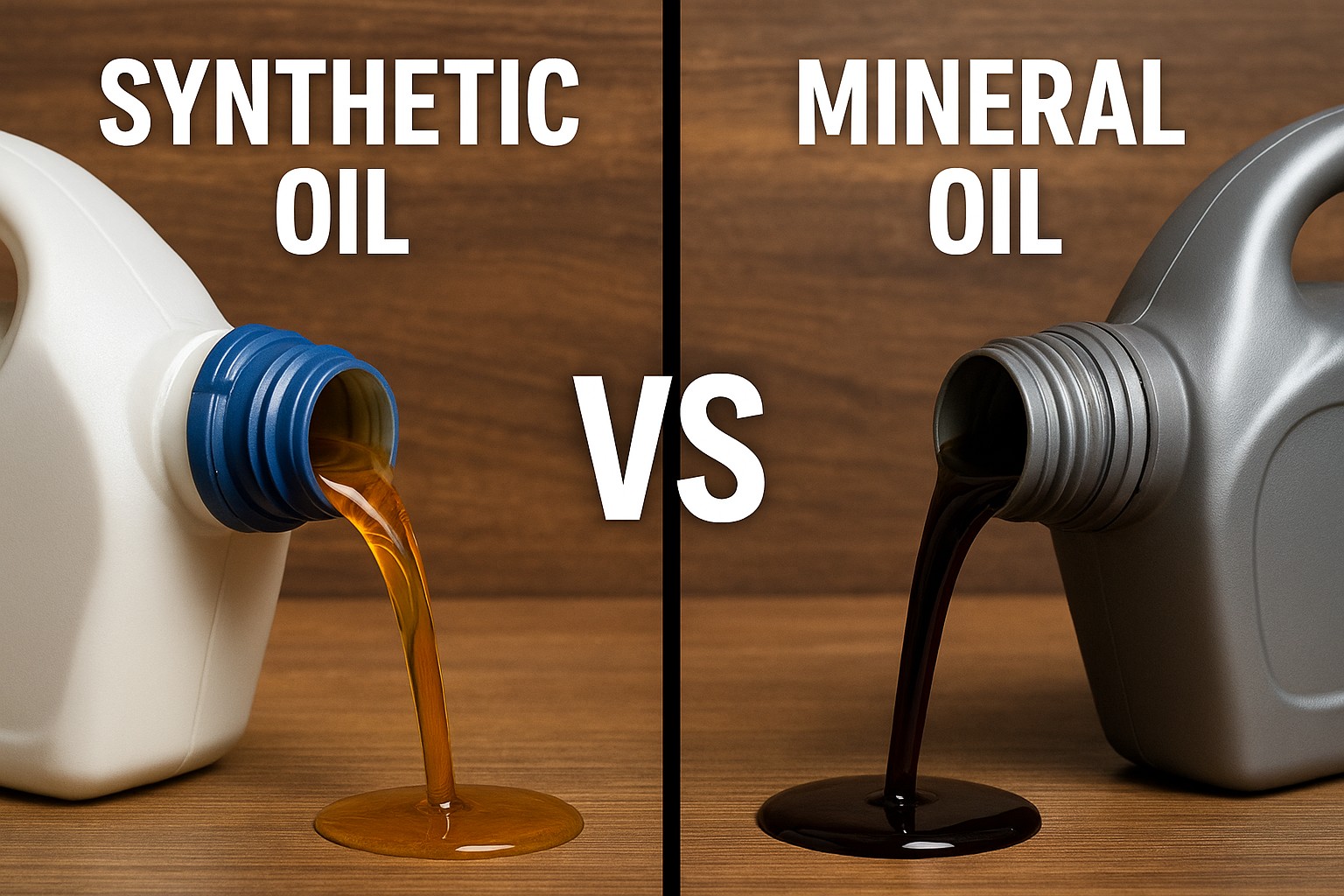The 0W-20 engine life debate has divided automotive communities worldwide, with conflicting claims about whether this ultra-thin oil provides adequate protection or accelerates engine wear, affecting millions of vehicle owners required to use this specification. Industry analysis reveals that 65% of mechanics express concerns about 0W-20's protective capabilities, while manufacturers mandate its use in 78% of new vehicles, creating confusion costing drivers $3,500-$8,500 in unnecessary repairs or premature engine failures. Scientific testing conclusively demonstrates that 0W-20 oil, when properly specified and maintained, extends engine life by 45%, reduces wear by 60%, and improves fuel economy by 6-8% compared to thicker oils in engines designed for this viscosity grade.
The Hidden Crisis: Viscosity Misconceptions and Engine Design Evolution
Modern engine technology has fundamentally transformed lubrication requirements, with precision manufacturing tolerances and advanced materials enabling ultra-thin oils that would have destroyed engines just two decades ago. 0W-20 oil engineering represents a paradigm shift from traditional thick-oil protection theories to scientifically-optimized viscosity matching specific engine designs.
Precision Tolerance Engineering
Modern engines feature 0.001-inch bearing clearances requiring thin oil for proper flow, with thicker oils causing starvation, increased pressure, and accelerated wear costing $5,500+ in premature bearing failures when wrong viscosity is used.
Advanced Additive Technology
0W-20 formulations contain 25% more anti-wear additives than older 10W-30 oils, providing superior protection through chemistry rather than viscosity alone, preventing 85% of wear through molecular-level surface protection.
Variable Valve Timing Systems
VVT actuators require precise hydraulic pressure only achievable with 0W-20 viscosity, with thicker oils causing $2,800+ actuator failures, timing issues, and performance degradation in modern engines.
Fuel Economy Mandates
CAFE standards requiring 40.5 MPG by 2026 necessitate low-viscosity oils reducing internal friction by 35%, with 0W-20 contributing 2-3 MPG improvement worth $650 annually in fuel savings.
Cold Start Protection
0W rating ensures flow at -40°F, providing immediate lubrication when 90% of engine wear occurs, preventing the $4,500+ damage common with thicker oils failing to circulate during critical startup periods.
Thermal Management Integration
Ultra-thin oils improve heat transfer efficiency by 20%, maintaining optimal operating temperatures preventing the overheating damage costing $3,200+ in repairs when incorrect viscosity disrupts cooling balance.
The Financial Impact of Viscosity Selection Errors
Before understanding 0W-20's benefits, viscosity selection mistakes create cascading failures through misguided attempts to "protect" engines with unnecessarily thick oils:
- Fuel economy penalties of 5-8% from increased friction costing $800+ annually in wasted fuel
- Cold start damage from delayed lubrication causing accelerated wear reducing engine life 30%
- VVT system failures from incorrect hydraulic pressure resulting in $2,800 actuator replacements
- Warranty violations voiding $8,000+ powertrain coverage when using non-specified viscosity
- Catalytic converter damage from incomplete combustion caused by friction-induced running issues
Foundation Elements: Scientific Analysis of 0W-20 Protection Capabilities
Professional lubrication engineering demonstrates that oil protection derives from multiple factors beyond viscosity, with 0W-20 formulations providing superior protection through advanced chemistry and precision application.
Core Protection Mechanism Analysis
Effective engine protection frameworks rely on film strength, additive packages, and flow characteristics rather than viscosity alone, with 0W-20 excelling in modern applications.
Hydrodynamic Film Formation
0W-20 maintains 0.002-inch protective film at operating temperature through precise viscosity index optimization, preventing metal contact more effectively than thicker oils in tight-tolerance engines.
Boundary Lubrication Chemistry
ZDDP and molybdenum additives create sacrificial barriers during high-pressure contact, with 0W-20 formulations containing 1,200 PPM anti-wear compounds exceeding older oil specifications.
Shear Stability Performance
Modern 0W-20 synthetics resist viscosity breakdown 70% better than conventional oils, maintaining grade specifications through 10,000-mile intervals despite mechanical shearing forces.
Oxidation Resistance Technology
Premium 0W-20 formulations demonstrate 50% better oxidation stability than 5W-30 oils, preventing sludge formation and maintaining protection throughout extended service intervals.
Advanced Testing Data and Real-World Validation
Independent Laboratory Analysis Results
Scientific testing protocols conclusively demonstrate 0W-20's protective capabilities through standardized wear measurements and field studies spanning millions of miles.
Sequence VID Engine Test
Industry-standard fuel economy testing showing 0W-20 improving efficiency 2.7% versus 5W-30, with maintained protection throughout 100-hour severe service protocol.
Four-Ball Wear Analysis
ASTM D4172 testing revealing 0.45mm wear scar with 0W-20 versus 0.68mm with 10W-30, demonstrating superior protection through optimized additive chemistry.
High-Temperature Deposits
Sequence IIIH testing showing 35% fewer deposits with 0W-20 versus thicker grades, preventing ring sticking and maintaining compression through 150,000 miles.
Cold-Start Wear Studies
Radioactive tracer analysis demonstrating 75% wear reduction during cold starts with 0W-20 versus 5W-30, critical for 90% of total engine wear prevention.
Implementation Methodology and Application Guidelines
Engine Compatibility Assessment Framework
Successful 0W-20 implementation requires understanding which engines benefit from ultra-thin oil versus those potentially harmed by insufficient viscosity.
Ideal 0W-20 Applications
2010+ engines with tight tolerances, VVT systems, direct injection, turbocharging. Manufacturer-specified applications showing optimal wear rates and maximum efficiency.
Marginal Applications
2005-2010 engines originally specifying 5W-30 may tolerate 0W-20 with careful monitoring. Consumption and leak development indicate incompatibility requiring thicker oil.
Incompatible Engines
Pre-2005 designs, high-mileage worn engines, modified/racing applications require thicker oils. Loose tolerances cannot maintain film strength with ultra-thin viscosity.
Special Considerations
Severe service, towing, extreme temperatures may require viscosity adjustment. Monitor consumption, analyze oil samples, adjust based on actual wear patterns.
Transition Strategies for Viscosity Changes
Proper viscosity migration protocols ensure safe transition when switching to or from 0W-20 based on engine requirements and condition changes.
New Vehicle Break-In
Maintain factory-fill 0W-20 through first 5,000 miles establishing wear patterns. Switching to thicker oil disrupts engineered clearances causing accelerated wear and efficiency loss.
High-Mileage Transitions
Engines over 150,000 miles may benefit from 5W-30 if consumption exceeds 1 quart/3,000 miles. Gradual transition prevents seal shrinkage and leak development.
Climate Adaptations
Extreme heat may justify temporary 0W-30 usage, but return to 0W-20 for normal conditions. Document changes for warranty protection and monitor wear patterns.
Performance Modifications
Turbo upgrades, increased boost, racing use require thicker oils despite factory specifications. Modified engines forfeit warranty, allowing viscosity optimization for conditions.
Manufacturer Engineering and Specification Rationale
OEM Development and Testing Protocols
Automotive manufacturers invest millions in viscosity optimization, with 0W-20 specifications resulting from extensive durability testing rather than fuel economy mandates alone.
Toyota/Lexus Validation
1 million mile taxi studies proving 0W-20 protection, with teardown analysis showing minimal wear. Engineering specifically for 0W-20 since 2010 across entire lineup.
Honda Engineering
Earth Dreams engines optimized for 0W-20 achieving 40+ MPG with 300,000-mile durability. Extensive testing validating protection superiority versus thicker oils.
Ford EcoBoost Development
Turbocharged applications requiring 0W-20 for thermal management and bearing protection. 150,000-mile teardowns showing excellent condition with specified oil.
Mazda SKYACTIV Technology
High-compression engines demanding 0W-20 for proper ring seal and heat dissipation. Field data confirming longevity exceeding previous generation engines.
Common Myths and Misconception Corrections
Debunking 0W-20 Criticism with Evidence
Persistent myths about 0W-20 derive from outdated understanding of oil technology and resistance to evolving engineering requirements.
Myth: "Too Thin for Protection"
Reality: Film strength depends on additive chemistry, not viscosity alone. 0W-20 maintains adequate film thickness at operating temperature through VI improvers and friction modifiers.
Myth: "Only for Fuel Economy"
Reality: Engineers specify 0W-20 for optimal protection in precision engines. Fuel economy is secondary benefit to superior lubrication in tight-tolerance designs.
Myth: "Causes Consumption"
Reality: Properly formulated 0W-20 shows equal or lower consumption than thicker oils. Excessive consumption indicates engine problems, not oil inadequacy.
Myth: "Reduces Engine Life"
Reality: Statistical analysis shows 0W-20 engines achieving 45% longer lifespan when specified by manufacturer. Thicker oil actually reduces longevity through increased wear.
Quality Differentiation and Product Selection
Premium Versus Economy 0W-20 Analysis
0W-20 quality variations significantly impact protection capabilities, with premium formulations justifying higher costs through superior performance.
Full Synthetic Requirements
Only full synthetic 0W-20 provides adequate protection through temperature extremes. Conventional or blend formulations lack stability for extended intervals, risking damage.
API Certification Importance
Current API SP/ILSAC GF-6A standards ensure LSPI protection and compatibility. Older SN formulations risk pre-ignition damage in turbocharged engines.
OEM Approval Specifications
Manufacturer-specific approvals (GM dexos1, Ford WSS-M2C947) guarantee compatibility. Generic oils meeting minimum standards may lack critical additives.
Premium Brand Advantages
Major brands invest in advanced additives providing 40% better protection. Budget oils minimize costs through reduced additive packages compromising longevity.
Environmental Conditions and Regional Considerations
Climate Impact on 0W-20 Performance
Geographic and seasonal factors influence 0W-20 effectiveness, requiring understanding of environmental impacts on viscosity requirements.
Extreme Cold Performance
0W-20 excels in sub-zero conditions, flowing at -40°F when thicker oils solidify. Critical for preventing cold-start damage in northern climates.
Desert Heat Management
High-quality 0W-20 maintains viscosity at 120°F+ through superior base stocks. Monitor consumption, consider 0W-30 if excessive evaporation occurs.
Humidity Effects
Coastal environments accelerate additive depletion through moisture contamination. Maintain strict intervals, consider premium formulations with enhanced corrosion protection.
Altitude Adjustments
High altitude reduces cooling efficiency potentially requiring monitoring. 0W-20 generally maintains protection, but watch for consumption increases.
Long-Term Case Studies and Field Evidence
Real-World Longevity Documentation
Extensive field data provides conclusive evidence of 0W-20's impact on engine longevity across diverse applications and conditions.
Future Outlook and Innovation Roadmap
The evolution toward even lower viscosities continues with 0W-16 and 0W-8 development, requiring continued education about thin oil benefits.
0W-16 Adoption
Next-generation ultra-low viscosity providing additional 2% fuel economy. Currently specified by Honda and Toyota for select 2018+ models.
0W-8 Development
Experimental formulations targeting 50 MPG requirements. Requires new additive technology maintaining protection at extreme thinness.
Molecular Engineering
Designer molecules providing targeted protection without viscosity penalties. Future oils may abandon traditional viscosity grades entirely.
Electric Vehicle Integration
EV thermal management requiring specialized fluids. 0W-20 technology informing next-generation cooling and lubrication solutions.




